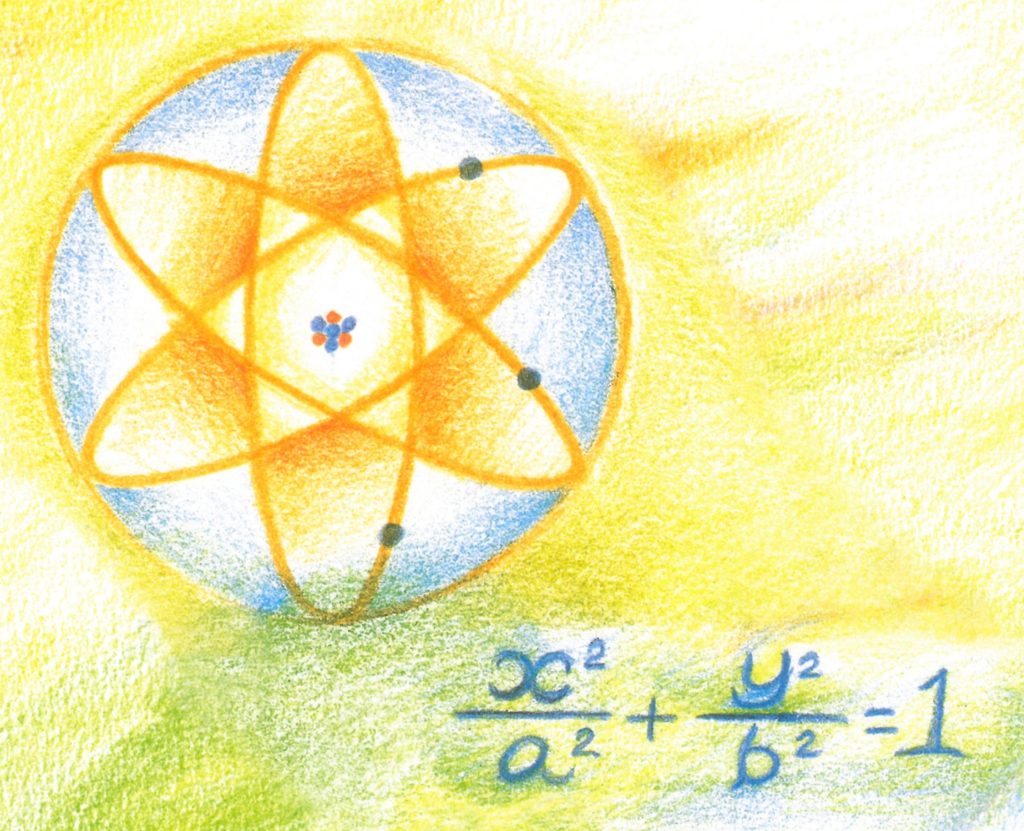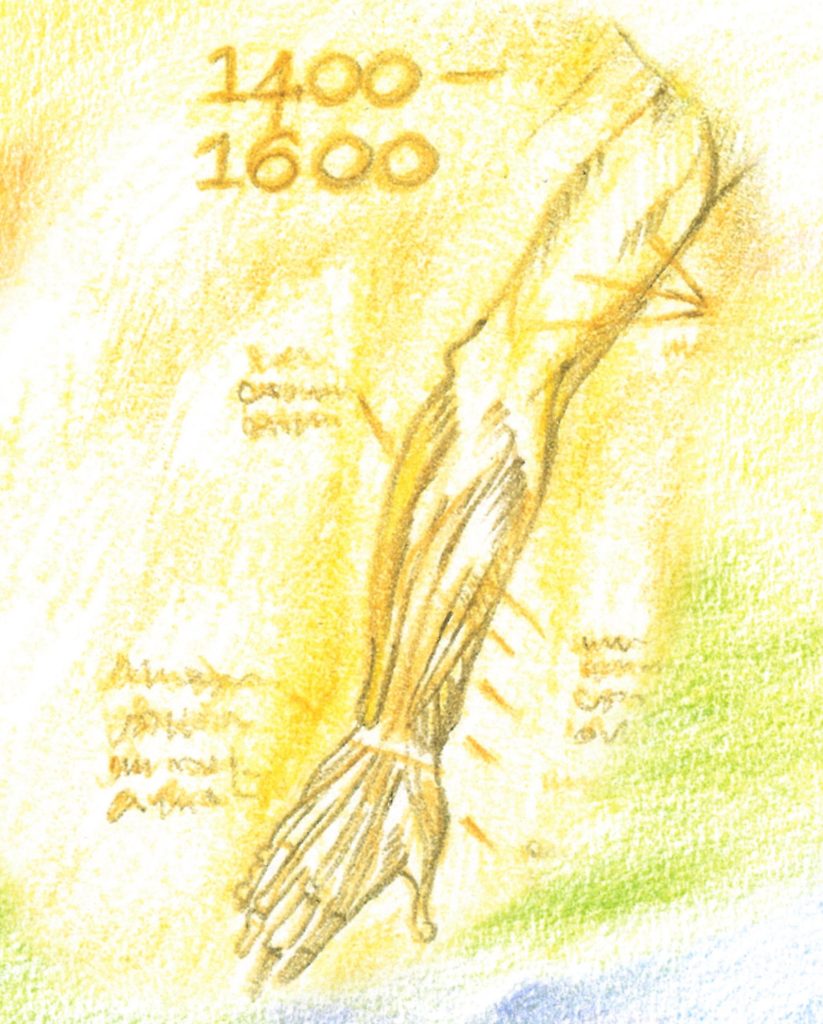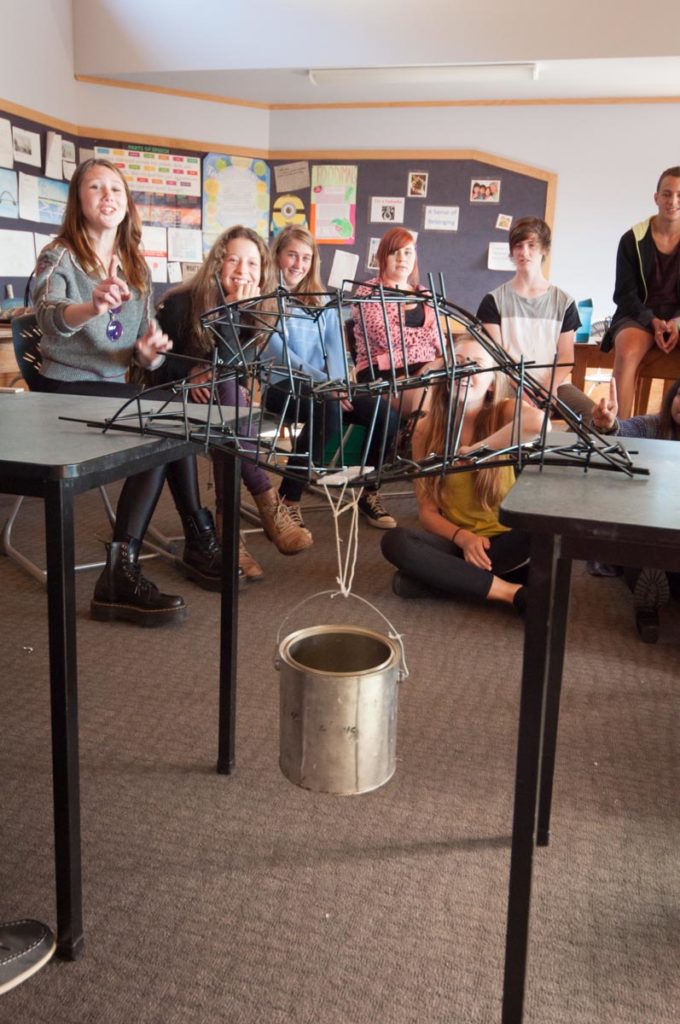
One of the central aims in a Steiner school is that children experience all the subjects which form the curriculum, which is an organically interrelating whole. This breadth is represented in the very wide range of subjects covered in the main lessons, which include English, mathematics, geography, history, art and art history, biology, chemistry, physics, astronomy and personal development.

The structure of the main lesson block, and each lesson itself, is a significant aspect of the teaching approach in Rudolf Steiner schools.
In the Lower School the main lesson is an opportunity for new learning and experiences, and more rigorous and focused work and exploration. Key subjects are taught in these main lessons, usually in units of three to four weeks. This provides plenty of opportunity for the children to enter deeply into the themes, to recollect the previous day’s experiences and to anticipate the new developments each day. Main lessons should involve ‘the head, the heart and the hand’ in listening, in imaginative and artistic work, written work and movement-based activities. Children’s Main Lesson books often record these theme journeys, and when they do, much care and enthusiasm is devoted to their presentation. Children can feel that the work they present really matters and is valued.
The Main Lesson is given by specialist teachers in the Upper School, with the exception of Class 8 where the Transition Teacher takes approximately half of the main lessons . In the Lower School the Main Lesson is taken by the class teacher.
The Main Lesson takes place over the first 90 minutes- 2 hours of every day, for a three to four week period.
This in-depth study fosters in the young person a deep appreciation of the subject and is structured by the teacher in such a way as to harmonise their thinking, feeling and willing capacities. and can be characterized in the following stages:

In the first instance new phenomena or material is introduced– for example a series of experiments, a mathematics task or an historical, literary or scientific representation. The object is to engage the student to observe, contemplate, listen carefully, and to find an inner relationship to the topic presented.
Following this, in the second stage, the experience is revisited with the class, and new or surprising observations are shared. The conceptual or theoretical penetration of the topic is consciously held back for the time being, so that students may begin to formulate questions and to discuss possible connections.
The third stage of the approach then explores the theoretical possibilities, and the formulation of concepts, from which wider interconnections and new questions arise.
In this sequencing, the most important aspect is that there is a so-called ‘resting time’ between each stage of the process. Between stage one and two it is usual that a day elapses, with the third stage sometimes following the second on the same day or alternatively on subsequent days, as concepts are developed progressively as more observations and sharing of those observations proceeds. Crucial at the beginning of each new day is the recapitulation of the previous lesson experiences.
The fourth stage of this process is the students, through their own activity, working to deepen their understanding. For this reason, tasks will often be solved independently in this stage.